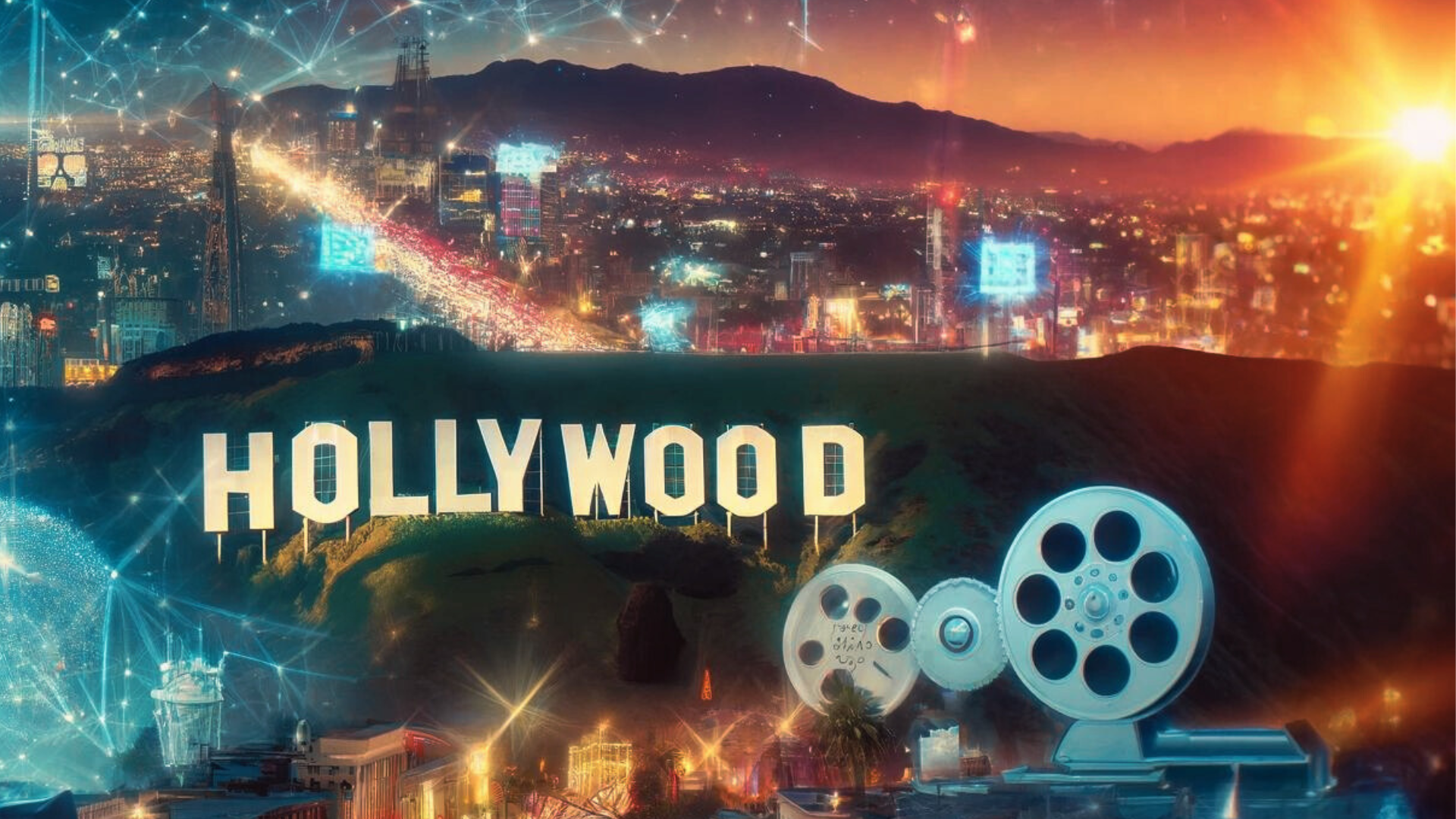Hollywood's Quiet Embrace of AI
Despite public backlash and labor disputes, Hollywood's adoption of AI is more widespread than many are willing to admit.
The found-footage horror film “Late Night With the Devil”, starring David Dastmalchian, was eagerly anticipated by horror enthusiasts. Embracing a ‘70s-era grindhouse aesthetic, it earned praise for its production design. However, controversy erupted over the use of AI-generated cutaway graphics, particularly an image of a dancing skeleton. Despite facing a potential boycott, the film's directors, Cameron and Colin Cairnes, defended the limited AI use, explaining that human hands had further edited the images.
Shortly after, A24’s “Civil War” faced similar backlash for AI-generated promotional images. Fans pointed out glaring inconsistencies, such as the reversed Chicago Marina Towers in one poster and a car with three doors in another, sparking further debate on social media.
Yet, behind the scenes, AI use is widespread across various production departments. David Stripinis, a VFX veteran, notes that many in the industry are reluctant to admit their reliance on AI due to potential backlash from artists. French screenwriter David Defendi echoes this sentiment, highlighting the competitive advantage AI provides despite the secrecy surrounding its use.
The backlash against AI in projects like “Late Night” and “Civil War” raises concerns about the future of creative jobs. Critics argue that hiring human artists would have been a negligible cost for these productions, questioning the broader implications of AI replacing more roles in the industry. David Kavanagh, executive officer of the Federation of Screenwriters in Europe, points out that while AI is not yet capable of replacing writers, it threatens other areas like children's animation and soap operas, where repetitive scenarios are common.
In Europe, the dubbing and subtitling sector faces extinction due to AI technologies that can produce lip-synced dubs in multiple languages. XYZ Films plans to showcase AI-translated trailers at Cannes, promoting the technology as a cost-effective way to produce high-quality dubs for the global market. A recent study surveying 300 industry leaders found that AI tools could eliminate or consolidate nearly 204,000 jobs over the next three years, affecting concept artists, sound engineers, and voice actors.
However, AI's application is not uniformly opposed. Robert Zemeckis’ upcoming “Here” uses AI to de-age actors Tom Hanks and Robin Wright, showcasing a more accepted use of the technology. Some VFX artists are embracing AI as well, likening it to the advent of CGI in the 1990s. By training open-source AI systems on their works, they can navigate legal constraints and avoid copyright issues. Jim Geduldick, a VFX supervisor, highlights the creative potential unlocked by AI, while Stripinis maintains a cautious approach to avoid legal pitfalls.
Motion Picture Association CEO Charles Rivkin sees AI as a tool that can foster creativity and create jobs if proper guardrails are in place. Reflecting on the innovative spirit of Jim Henson, Rivkin suggests that the Muppets creator would have embraced AI to enhance his storytelling.

